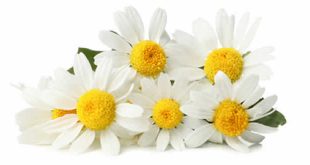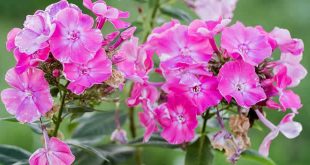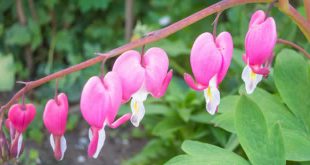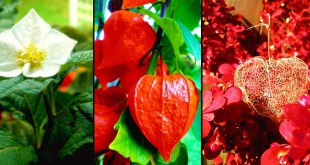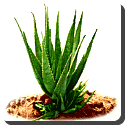 Aloe — Aloë, is a genus containing about four hundred species of flowering succulent plants.
Aloe — Aloë, is a genus containing about four hundred species of flowering succulent plants.
The genus is native to Africa and is common in South Africa’s Cape Province and the mountains of tropical Africa, and neighbouring areas such as Madagascar, the Arabian peninsula and the islands off Africa.
The APG II system (2003) placed the genus in the family Asphodelaceae. In the past it has also been assigned to families Aloaceae and Liliaceae. Members of the closely allied genera Gasteria, Haworthia and Kniphofia which have a similar mode of growth, are also popularly known as aloes. Note that the plant sometimes called “American aloe” (Agave americana), belongs to Agavaceae, a different family.
Most Aloes have a rosette of large, thick, fleshy leaves. The leaves are often lance-shaped with a sharp apex and a spiny margin. Aloe flowers are tubular, frequently yellow, orange or red and are borne on densely clustered, simple or branched leafless stems.
Many species of Aloe are seemingly stemless, with the rosette growing directly at ground level; other varieties may have a branched or un-branched stem from which the fleshy leaves spring. They vary in colour from grey to bright green and are sometimes striped or mottled.
Aloe species are frequently cultivated as ornamental plants both in gardens and in pots. Many Aloe species are highly decorative and are valued by collectors of succulents. Some species, in particular Aloe vera are purported to have medicinal properties.
Other use of Aloes include their role in alternative medicines and in home first aid. Both the translucent inner pulp and the resinous yellow exudate from wounding the Aloe plant are used externally to relieve skin discomforts and internally as a laxative. To date, some research has shown that Aloe vera produces positive medicinal benefits for healing damaged skin. Conversely, other research suggests Aloe vera can negatively affect healing (Vogler and Ernst, 1999). In homeopathic medicine aloe is used for hemorrhoids.
Some Aloe species have also been used for human consumption. For example, drinks made from or containing chunks of aloe pulp are popular in Asia as commercial beverages and as a tea additive; this is notably true in Korea.
 Kids Portal For Parents India Kids Network
Kids Portal For Parents India Kids Network
